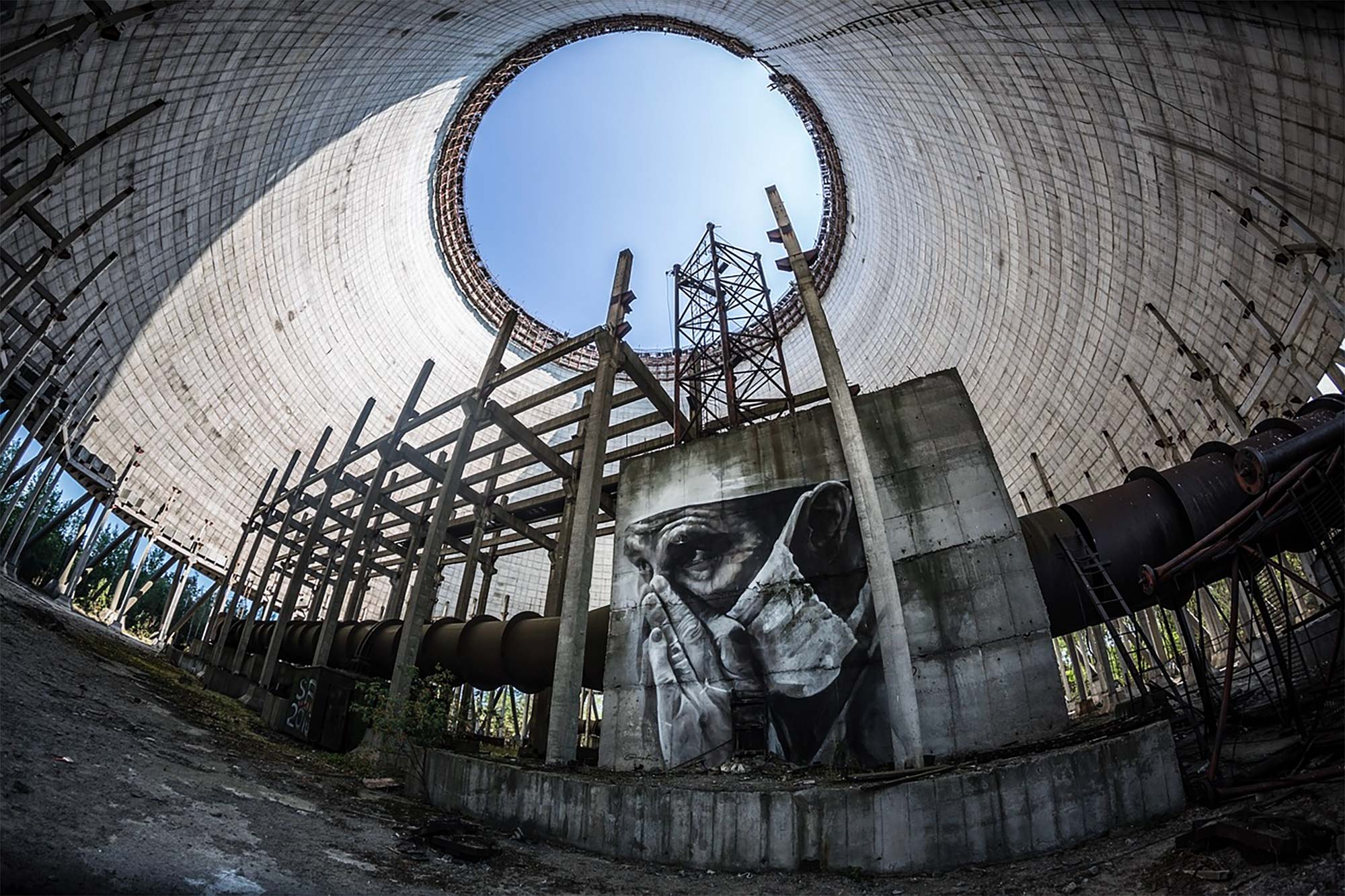Part three | Nuclear energy in Africa
The last in this three-part series looks at the cost of nuclear waste disposal, decommissioning power plants and accident clean-ups, and suggests a logical energy-generation alternative for the con…
Author:
8 December 2020

In addition to their exorbitant construction costs, nuclear power stations create waste throughout their operational lives.
Some of this waste, known as high-level waste, is extremely dangerous and must be stored safely away from humans and other forms of life for tens of thousands of years before it becomes safe. This means that unique, extremely long-term storage solutions are necessary. Finland is currently building a repository deep underground at Onkalo for its nuclear waste at an estimated cost of $6 billion.
It is supposed to keep the waste secure for at least 100 000 years, but nobody can know if this is feasible, let alone likely. France has already spent more than $7 billion (about R107 billion) on a pilot waste disposal site at Bure. If it is successful, the French government has estimated the total cost of the completed site will be in the region of $42 billion.
Related article:
The United States spent $15 billion on the Yucca Mountain repository for its high-level waste, before abandoning it because of safety concerns. Germany buried hundreds of tonnes of radioactive waste in the 1960s and 1970s in salt mines. Just 50 years later, this waste is being dug up at great cost because storing it this way is now deemed “unsafe”, even though it was deemed “safe” just a few decades ago.
Britain is currently exploring deep-level waste disposal options at an estimated initial cost of $20 billion, but finding a location is proving difficult because of popular opposition. Until a suitable site can be found, the temporary storage of high-level nuclear waste costs Britain $4 billion a year and the US more than $8 billion a year.
At present, all high-level nuclear waste is stored in casks at nuclear power stations as a temporary measure until long-term solutions can be found. These casks, which last about 100 years, cost around $2 million each. Such casks have already started leaking at some sites in the US, while security experts say they could become the target of terrorist organisations.
Decommissioning and disasters
Another major cost that African nations need to consider with regard to nuclear generation is the decommissioning of power stations that come to the end of their operating lives. Many parts of nuclear power stations remain highly radioactive and need to be carefully dismantled before being stored for thousands of years alongside the waste they create. On average, it takes 20 years to decommission a nuclear power station. But it can take as long as 40 years.
The Nuclear Decommissioning Authority in the United Kingdom recently estimated the cost of decommissioning at $3 billion per gigawatt of installed capacity. This approximates to a $5.4 billion bill to decommission Koeberg, Africa’s only nuclear power station in Cape Town.
Then there is the financial cost of a serious accident at a nuclear power station. The scale of financial liability that could be involved is mind-boggling. The University of Southern California estimated that costs associated with the Chernobyl nuclear disaster had reached $700 billion by 2016. And the financial impact of the Chernobyl accident continues. For example, a new cover was placed over the reactor in 2017 and despite costing $2.3 billion, it is only expected to last 100 years, after which it will need to be replaced.
The Japan Centre for Economic Research recently estimated the costs of the Fukushima accident to be at least $470 billion. To put these figures in perspective, Africa’s gross domestic product in 2019 was $2 600 billion, with largest contributors Nigeria and South Africa accounting for $410 billion and $350 billion respectively.
Related article:
The risk of an accident is arguably increased by the Build-Own-Operate model being punted in Africa, which prioritises financial project objectives and so creates a perverse incentive for the vendor and subcontractors to cut costs during construction, maintenance and operation. This incentive is made possible by liability arrangements.
Because nuclear accidents can be catastrophically costly to “contain”, nuclear power station operators cannot secure anything like adequate insurance from private sources. And while compensation structures have been established under international accords and national laws, they are inadequate. For example, the Price Anderson Act in the US limits vendor liability for an accident, no matter how serious, to around $13 billion.
Despite these generous terms for the nuclear industry, vendors still push hard for recipient countries to accept liability for any accidents that may occur. For example, Rostom’s ill-fated deal with former president Jacob Zuma’s government placed the liability for any accident at a Rosatom nuclear power station in South Africa entirely with the South African government.
This liability even extended to the South African government assuming liability for any accident involving nuclear fuel rods while in Rosatom’s hands during their passage from Russia to South Africa. In limiting liability for nuclear accidents, risk has effectively been socialised in what Ulrich Beck, the late sociologist of risk, called “an institutionalised scandal”.
New to the job
One important way to minimise the risk of accidents is for any hosting state to properly monitor the construction and ongoing operation of nuclear power plants by vendors. This type of monitoring presupposes the existence of well-trained, experienced and properly funded nuclear safety inspectorates. While several African countries have recently formed nuclear inspectorates, they lack the necessary experience and technical expertise to be able to meaningfully hold vendors to account. Given this, it’s no wonder nuclear vendors are eyeing Africa so greedily with their false promises.
Aside from a handful of countries, notably China and India, the world is abandoning nuclear power. In the past four years, more reactors have been permanently shut down (28) than have been commissioned (17). Globally, power generated from nuclear peaked in 1996 at 17%. This figure has fallen consistently since then to just 10% at the end of 2019.
According to the World Nuclear Industry Status Report’s annual report for 2020, global investment in new nuclear power ($31 billion) is a 10th of the amount being invested in new renewable power at present ($300 billion). Even countries that have committed to new nuclear power are under pressure to abandon it. The British government’s National Infrastructure Commission is strongly recommending that the government build renewables instead of planned new nuclear reactors.
Related article:
Nuclear power is being abandoned because it cannot compete with renewables in terms of cost, speed of construction and the risks associated with accidents. So dramatic has the price difference become that building new renewable capacity is now significantly cheaper than maintaining existing nuclear power stations.
The most accurate way to compare the cost of electricity sources such as nuclear or renewables is by calculating the levelised costs of energy (LCOE) for each source. The LCOE is the average cost of electricity generated by a power plant over its lifetime and is measured in cost in US dollars to produce one megawatt of energy for one hour ($/MWh).
According to World Nuclear Industry Status Report 2020, the LCOE for nuclear power was $155/MWh at the end of 2019. In mid-2019, the International Renewable Energy Agency estimated the LCOE of solar at $68/MWh and wind at $53/MWh.
The most recent figures come from financial advisory firm Lazard, which releases its highly respected global LCOE analysis every year. Lazard’s analysis for 2020 shows that the LCOE for nuclear power is $129-198/MWh. The cost for solar is $29-42/MWh and for wind, $26-86/MWh.
Given the massive costs associated with nuclear power, it cannot be a solution to Africa’s energy needs. Any African leader that chooses nuclear should know that they will be burdening generations to come with yet more debts to service at the expense of essential social services such as healthcare and education. In addition, they will be saddling those same future generations with massive environmental debts that will last for tens of thousands of years.
To address its current energy limitations, Africa must reject nuclear power wholeheartedly and enthusiastically embrace renewable energy.



